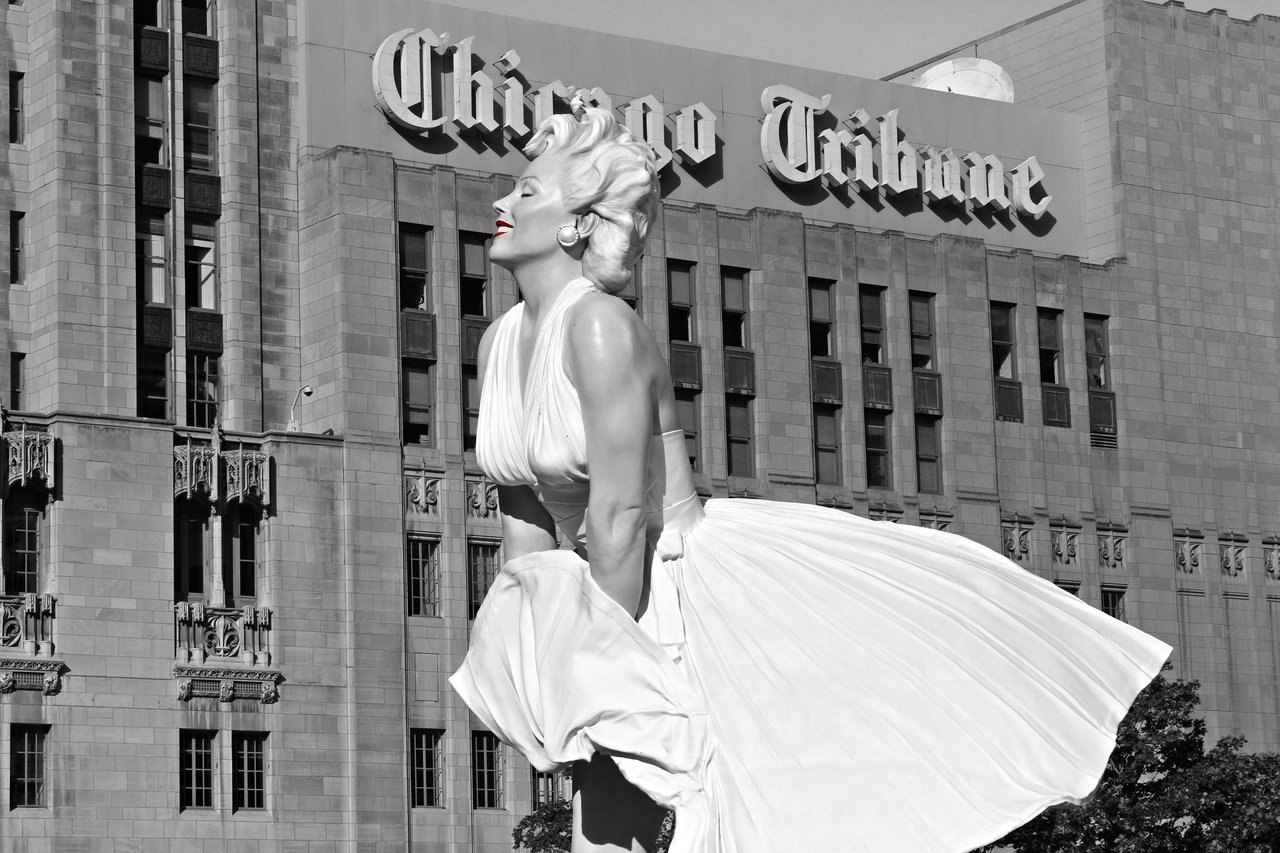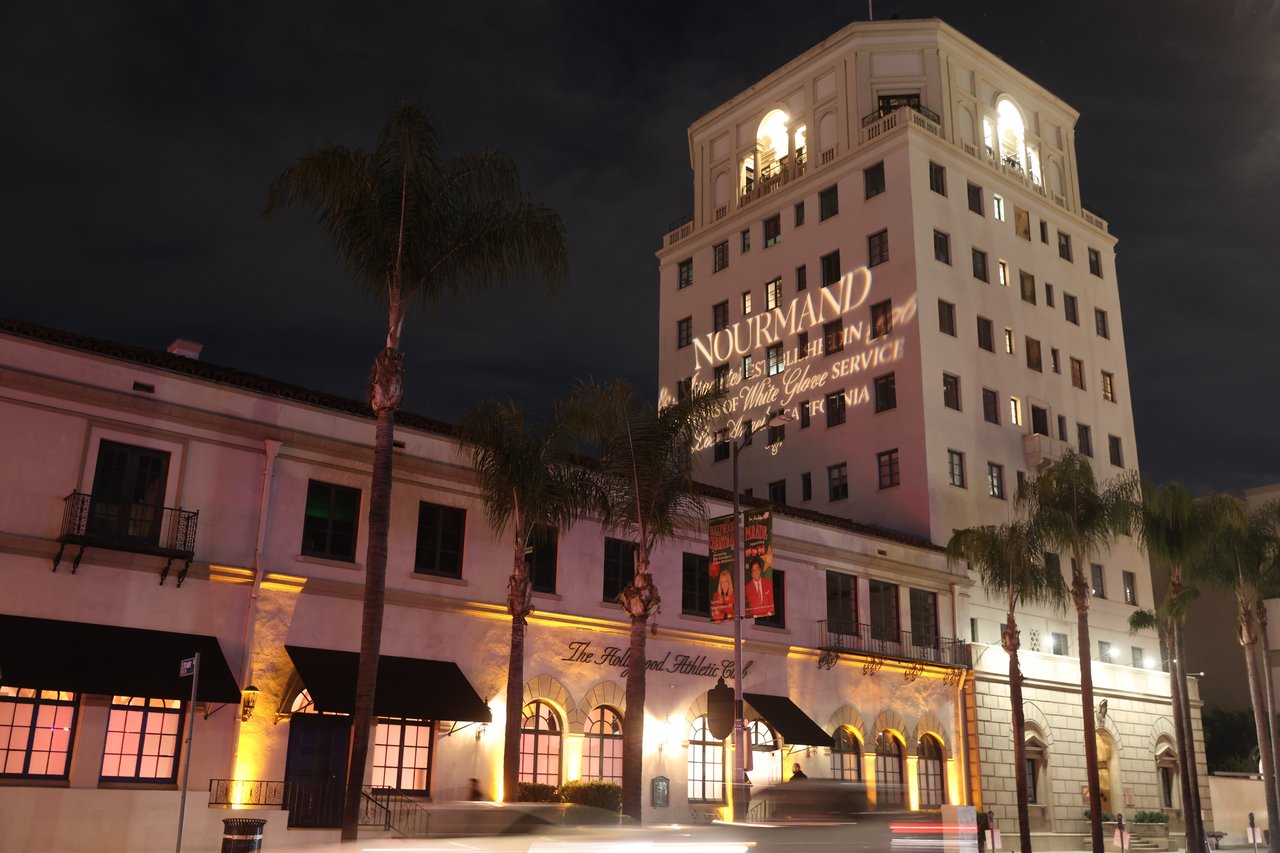In 1962, Marilyn Monroe chose Brentwood as her sanctuary, a Los Angeles neighborhood offering the privacy she longed for. Her four-bedroom abode, set in the style of Spanish colonial architecture, lay secluded down a peaceful road, featuring a kidney-shaped pool and majestic palm trees. Monroe named her home "Cursum Perficio," which translates roughly from Latin to "My Journey Ends Here."
Sadly, Monroe's journey did indeed end there; she passed away in her bedroom due to an overdose just six months after moving in. She was 36 years old. Despite her short tenure, the residence has turned into an unofficial tribute to her life, with admirers leaving floral offerings at the gate, six decades after her death.
Last Friday, the City Council voted unanimously to start proceedings to label Monroe's home as a historic and cultural landmark, thus preventing its scheduled demolition. The decision came right after the city's building department greenlit the demolition of the house, its garage, pool house, and storage the day before.
The initiative was spearheaded by Councilwoman Traci Park, who represents the Brentwood area within the city's 11th district. The issue caught her attention after a New York Post article raised alarms among local residents. "Marilyn Monroe has left an indelible imprint on this community and culture at large. I can't think of a more deserving candidate for historical designation," said Park.
The property was last sold in July for $8.35 million to Glory of Snow Trust by Glory of Snow LLC, according to real estate documents. Neither party commented on the transaction, adding more questions about what the new ownership planned for the historic site. Carolyn Jordan, the chair of the Brentwood Community Council, remarked that the news of the pending demolition caused quite an uproar. "Tearing down such a landmark? It's unimaginable," she noted.
Contrary to protocol, the community council was not notified of the demolition plans, according to Jordan. "This came as a complete surprise to us," she said.
The house, located at 12305 Fifth Helena Drive, is not easily visible from the main road but remains a point of interest. Tourists often stop by, attempting to capture a piece of history with their cameras. Built in 1929, the property was Monroe's first and only home purchased independently, acquired for $75,000 post her divorce from Arthur Miller.
A historical designation won't entirely protect the building from being torn down, but it will provide the city's Cultural Heritage Commission with a 180-day window to formulate a preservation plan.
In the Brentwood community, hopes are high for the house's preservation, perhaps even a relocation to a film studio lot. "It's a modest home by modern standards, but its historical and cultural significance cannot be ignored," Jordan opined.
Those actively involved in preserving Los Angeles landmarks, such as Kim Cooper and Richard Schave, who operate a local tour company, have never witnessed such rapid measures to safeguard a city structure. They hope an official landmark designation will ensure a respectful future for the home.
The final decision will come after a series of assessments and hearings, scheduled to conclude within 90 days, as stated by Councilwoman Park.
By preserving Monroe's last home, the city may not just be saving a structure but a piece of Hollywood history that continues to capture the imagination of fans and admirers worldwide.




